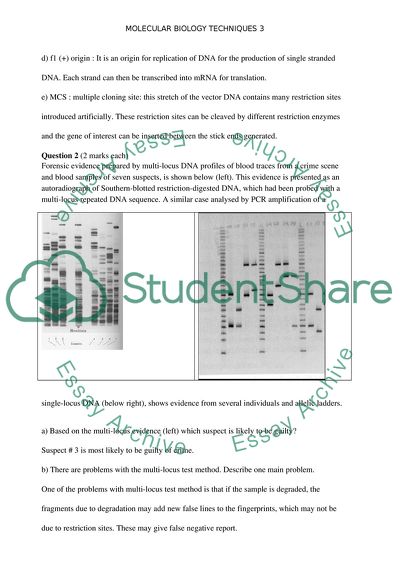Cite this document
(Molecular Biology Techniques Assignment Example | Topics and Well Written Essays - 3000 words, n.d.)
Molecular Biology Techniques Assignment Example | Topics and Well Written Essays - 3000 words. https://studentshare.org/biology/1776973-molecular-biology-techniques
Molecular Biology Techniques Assignment Example | Topics and Well Written Essays - 3000 words. https://studentshare.org/biology/1776973-molecular-biology-techniques
(Molecular Biology Techniques Assignment Example | Topics and Well Written Essays - 3000 Words)
Molecular Biology Techniques Assignment Example | Topics and Well Written Essays - 3000 Words. https://studentshare.org/biology/1776973-molecular-biology-techniques.
Molecular Biology Techniques Assignment Example | Topics and Well Written Essays - 3000 Words. https://studentshare.org/biology/1776973-molecular-biology-techniques.
“Molecular Biology Techniques Assignment Example | Topics and Well Written Essays - 3000 Words”. https://studentshare.org/biology/1776973-molecular-biology-techniques.


